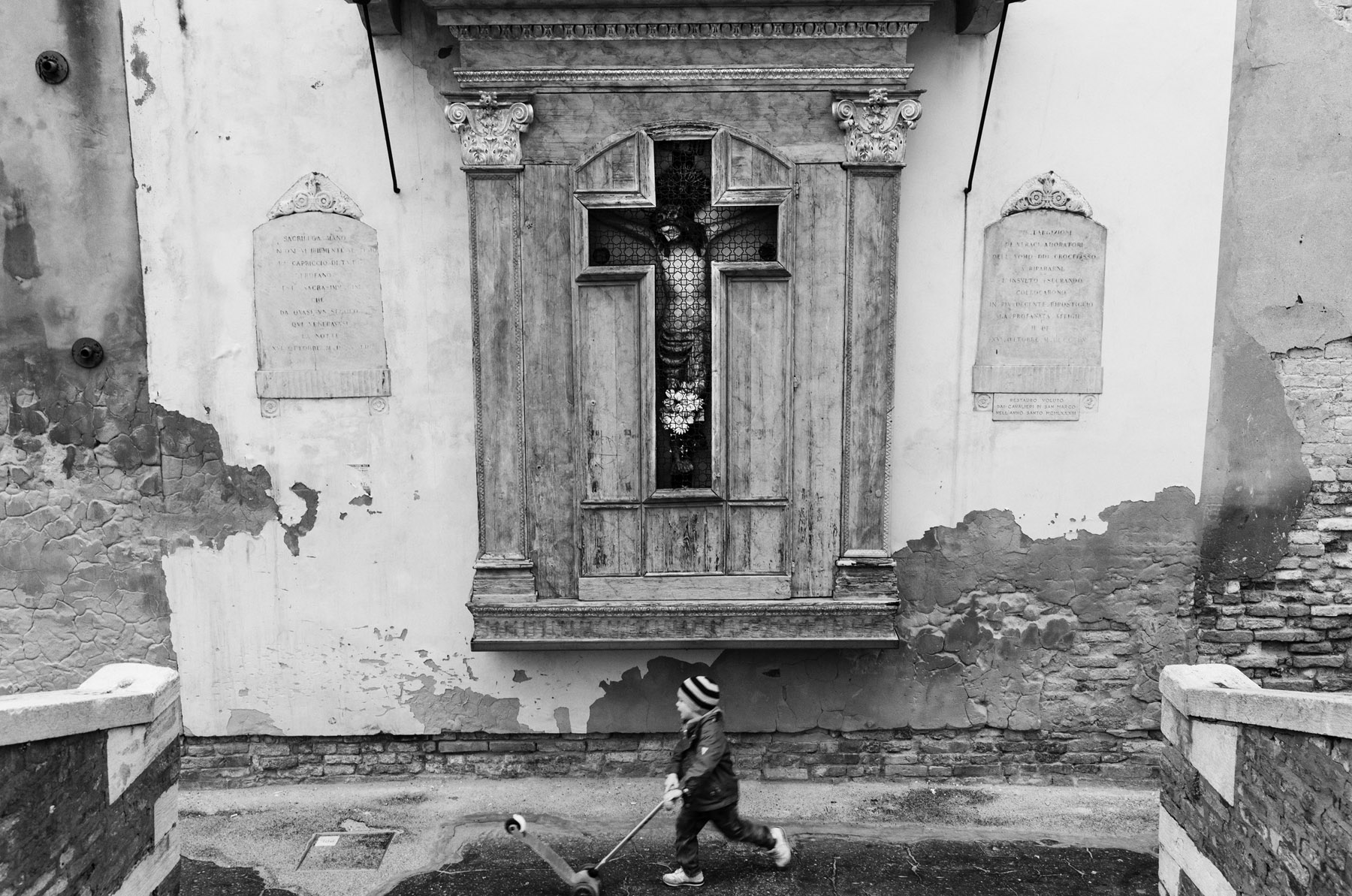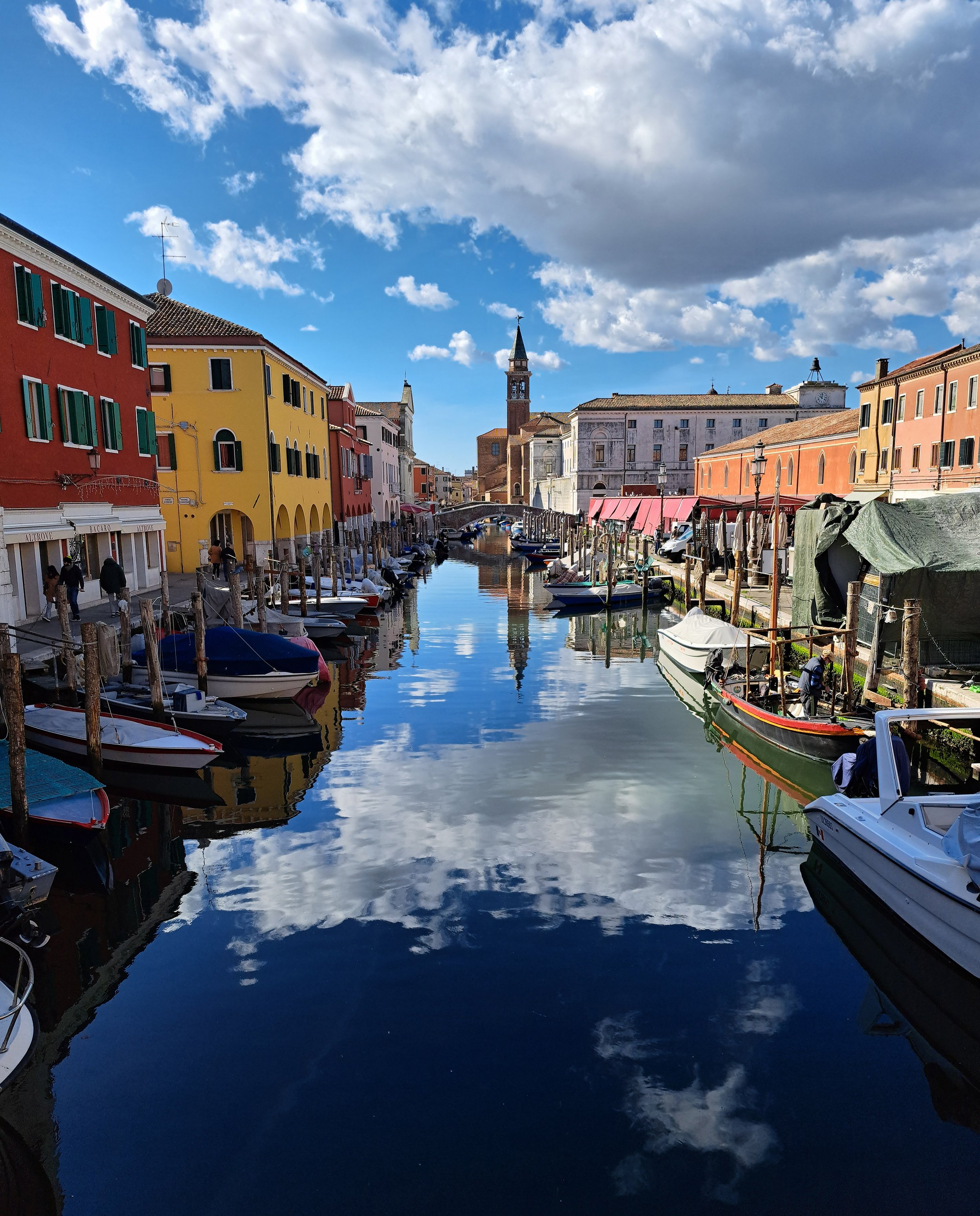Venetian Spring: Light, Silence, and Soulful Photography
/As the last confetti from Carnival is swept away and the city exhales after weeks of festivities, Venice quietly transforms. March and April in La Serenissima usher in a subtle, profound shift—one that’s not only felt by locals but seen and, more importantly, captured by those behind the lens.
This is spring in Venice: a season of softness, silence, and astonishing beauty. And in my opinion, it’s one of the most rewarding times to photograph the city.
A City Reawakening
Venice in early spring is not the crowded postcard version most visitors expect. The streets breathe again. Locals reclaim the rhythm of their daily routines. There’s a sense of calm that settles over the campi and canals, especially in the early hours, when light touches the water gently and shadows stretch long across the stone.
March can still surprise you with fog and chilly mornings, but that only adds to the city’s mystique. It’s the kind of atmosphere that street photographers dream of: a perfect interplay of mood, geometry, and light. April, on the other hand, brings longer days, a warmer breeze from the lagoon, and brighter skies—but without the harshness of summer sun.
What changes most—at least for a photographer—is the quality of light. In spring, it’s low and diffused, even at midday. It wraps around buildings instead of flattening them. It glows off the water without blinding. Shadows are softer, and textures emerge—worn marble, chipped paint, salt-stained brickwork—details that often vanish in the glare of summer.
Fewer People, More Intimacy
With the exception of the Easter period (when tourism briefly spikes), this is the time when you can still turn a corner and find no one in sight. It’s not uncommon to have an entire fondamenta or canal path to yourself at sunrise. This is priceless—not only for landscape shots but also for documentary work and more thoughtful street photography.
If you’ve ever tried to shoot in July or August, you'll know how difficult it can be to capture Venice’s essence without a hundred people in the frame. Spring gives you the breathing room to be deliberate with composition, to wait for the right light, or to simply observe the poetry of the place without being jostled.
The intimacy of this season also invites a different kind of photography. I find myself drawn more to details—the way laundry sways above a quiet calle, the flicker of light on green water in a side canal, the melancholy grace of an empty vaporetto stop.
A Photographer’s Playground
Whether you're into architecture, portraiture, black-and-white minimalism, or classic travel photography, spring in Venice delivers. I often design my Venice photography workshops around this time of year for precisely this reason. The city is generous with its moods and less demanding with its crowds. It allows you to slow down, observe, and shoot with purpose.
Workshops in March and April often include early morning sessions to capture the magical light and late afternoon golden hours where reflections off the canals become their own subject. We also wander into the lesser-known sestieri—places like Castello, Cannaregio, or parts of Dorsoduro where silence reigns and authenticity lingers.
For those interested, I still have a few private workshop slots available in Venice this spring. Each session is one-to-one and fully tailored to your interests—whether you're chasing timeless street scenes, abstract details, or simply looking to sharpen your photographic eye in one of the most enchanting cities in the world.
You can find more information and reserve a spot here:
👉 https://www.msecchi.com/
If you've ever dreamt of seeing Venice at her most soulful—when the light is kind, the city is yours, and every corner feels like a whisper from the past—this is the moment. Spring doesn’t shout in Venice. It sings.
















































